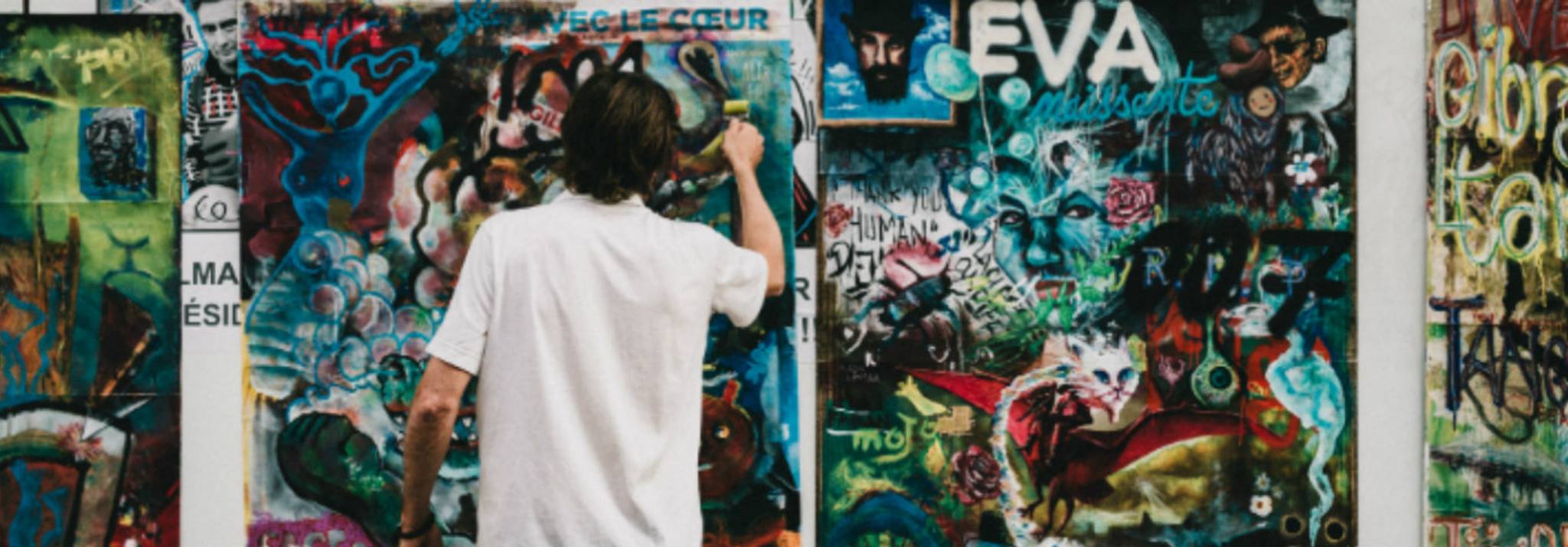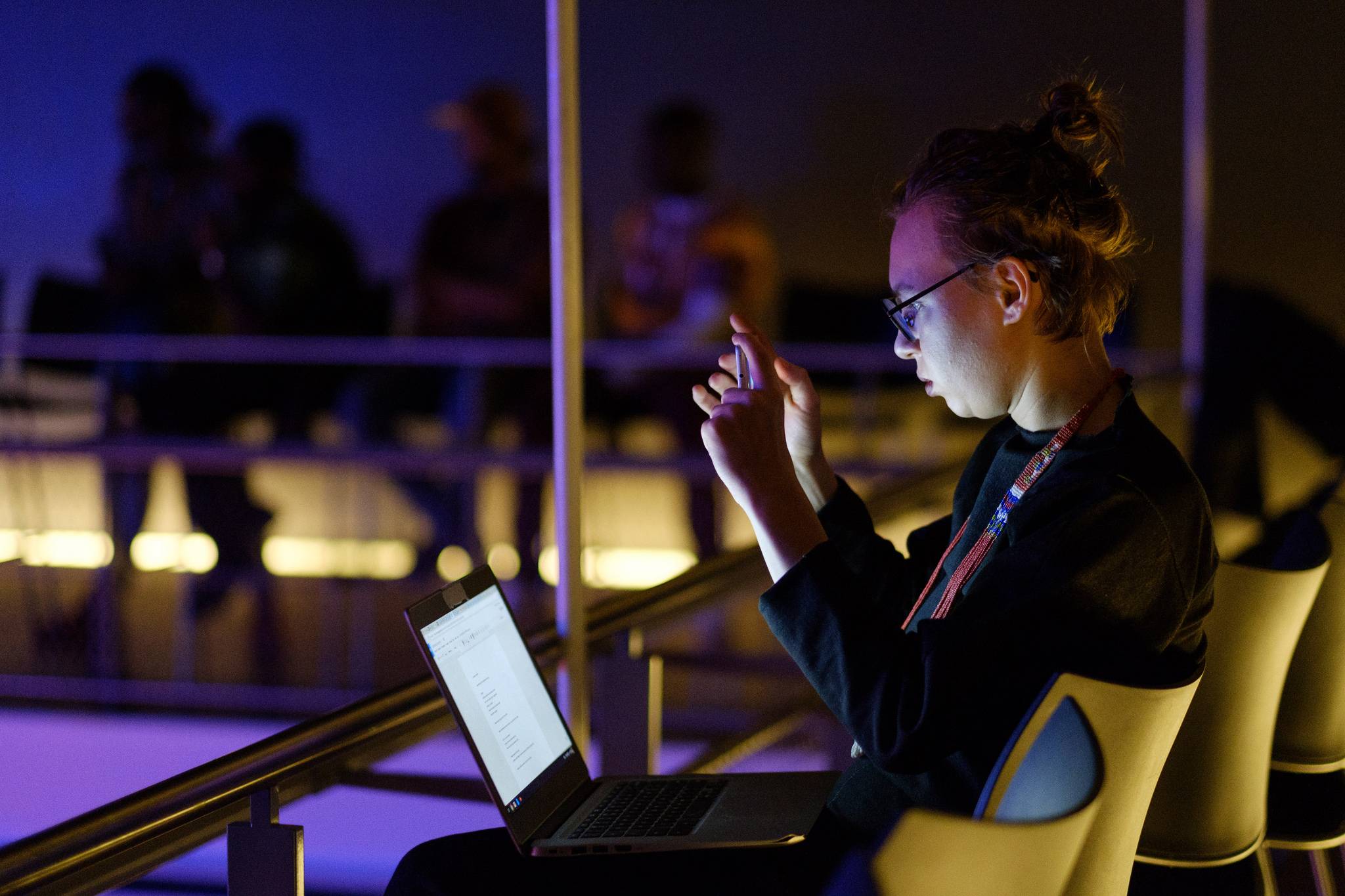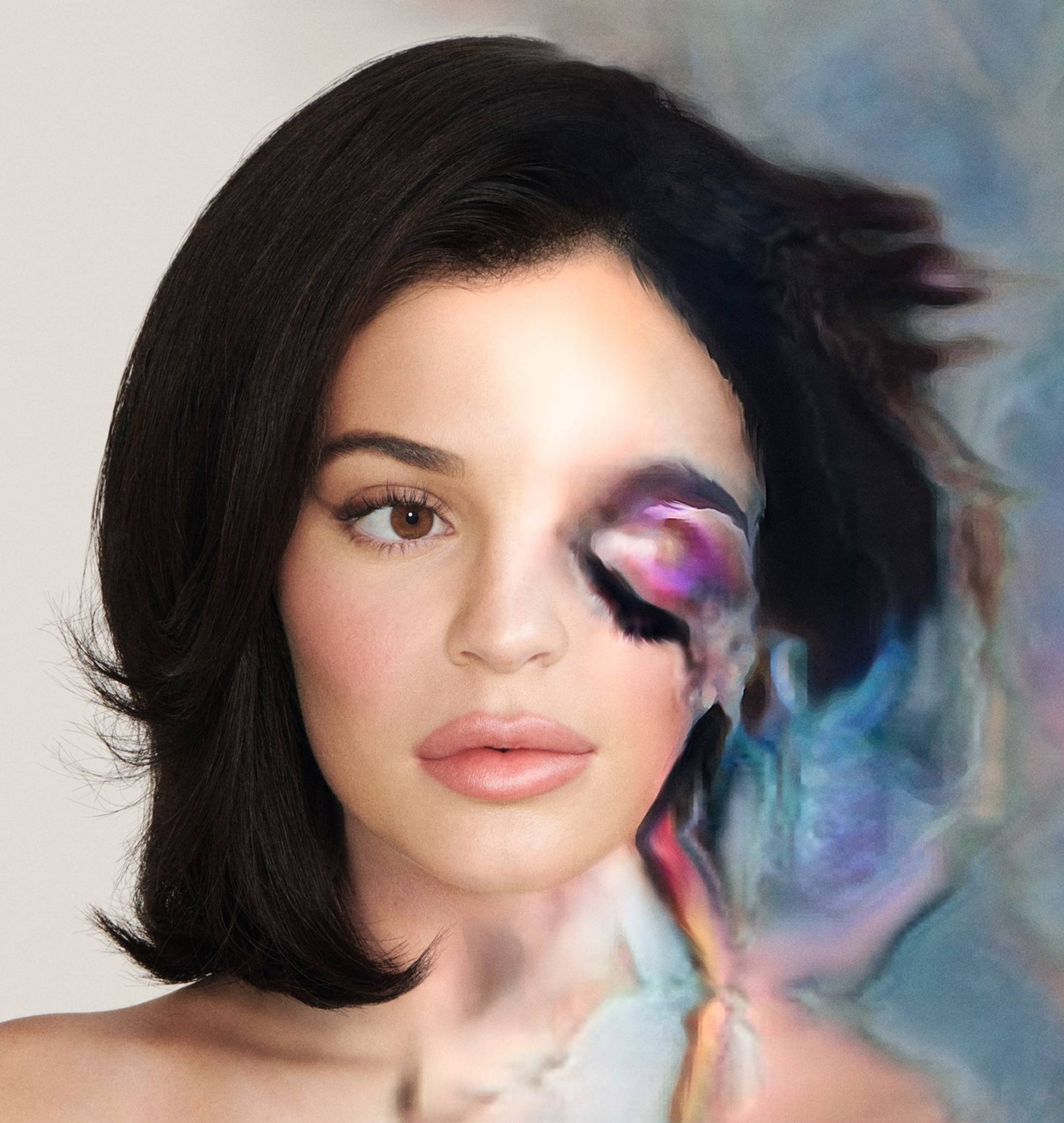
Although smart speakers and chatbots are helping to normalise artificial intelligence and machine learning in everyday life, creativity is one realm of human endeavour in which we’re reluctant to harness AI’s capabilities. From generating new Massive Attack remixes to writing a script in the style of Seinfeld, the technology is developing to mimic artists, writers, and musicians. But where does that leave our emotional connection to art? As part of an ongoing effort to connect our members with thought leaders from our network, we invited some of the best creative minds to a Breakfast Briefing, where Marcus du Sautoy, the Simonyi Professor for the Public Understanding of Science, explored the insights into how AI can help people identify the creative opportunities they’re missing.
According to world-renowned mathematician Marcus du Sautoy, creativity could be more algorithmic and rule-based than people might want to acknowledge. Therefore, machine learning has a pivotal role to play in enhancing our creative propensities. In his book, The Creativity Code - How AI is learning to write, paint and think, he explains: “Being creative requires a jolt to take us out of the smooth paths we carve out each day. That is where a machine might help. It could give us that jolt, throw up a new suggestion, stop us from simply repeating the same algorithm each day.”
Positive language and better linguistic treatment of AI is one solution du Sautoy offers to counter people’s negative perceptions of the technology. “Artificial intelligence is a very loaded term and a lot of people think that it’s there to replicate our intelligence,” he says. “But AI is better translated as augmented intelligence. It can access a whole load of stuff that we – with finite time and limited resources – simply cannot.” With two-thirds of people trusting AI to handle medication reminders, travel directions, entertainment, targeted news, manual labour and mechanics, and 50% trusting it to provide elderly care, health and financial guidance, and social media content creation, it would seem there are many situations in which consumers are willing to trust machine learning, though they may never see it replacing the masters of literature, art, and music.
As du Sautoy argued during the Breakfast Briefing (and in his book), machines can play a role in helping people unlock new levels of creativity. A 2018 study by Adobe found that 54% of creative professionals aren’t at all worried about these technologies taking over their jobs because creativity, they believe, is profoundly human. Three-quarters claim to spend more than half their time on tedious, uncreative tasks, which is where they see the most potential for the tech. Although machines are expected to displace 75 million jobs by 2022, they’re also expected to create 133 million new roles. And beyond creating new roles, AI can free up time for original, disruptive thinking, allowing people to move from being creatives to creators. As du Sautoy put it: “The machines might, ultimately, help us, as humans, to behave less like machines.”
Marcus du Sautoy is a professor of mathematics at the University of Oxford and was appointed the Simonyi Professor for the Public Understanding of Science, following on from Richard Dawkins. In 2009, the Royal Society awarded him the Faraday Prize for excellence in communicating science to the public and, in 2010, he was given an OBE from the Queen for his services to science.
Megan Carnegie is the library editor at Canvas8, which specialises in behavioural insights and consumer research. She has a degree in English Literature and French, an MA in journalism and a penchant for people watching. Outside of work, she can be found reading, running, and killing off her houseplants.



